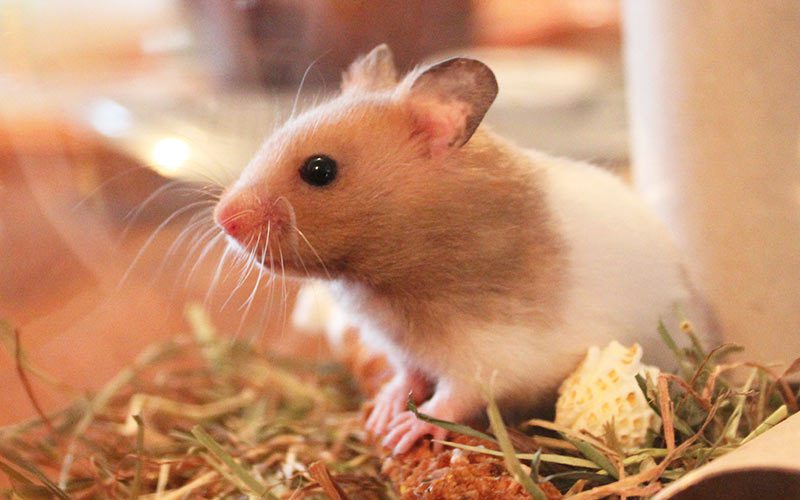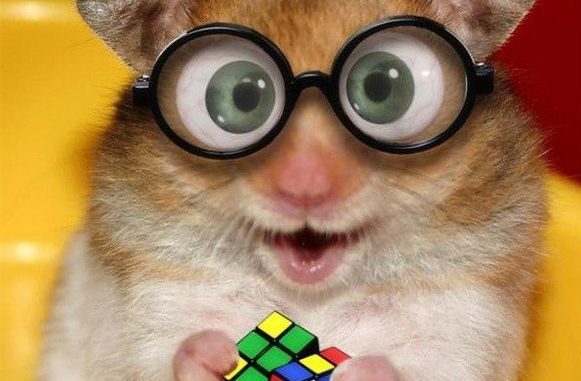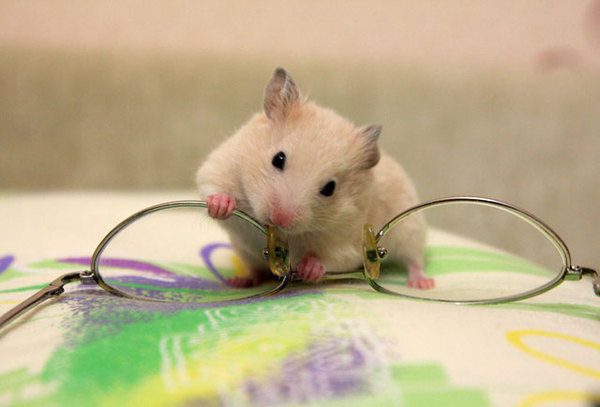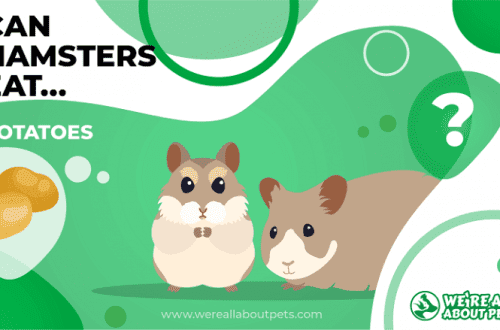
Can hamsters see in the dark? Sense organs of hamsters (sight, hearing, smell and touch)

Contrary to the erroneous opinion about poor eyesight in hamsters, let’s say right away – nature has endowed them with sufficient vigilance for a safe life in the open spaces. This vigilance is far from ideal, but it is supplemented by other sense organs that help the animals navigate in space, learn about danger and distinguish “friends from strangers”.
But do hamsters see in the dark as well as during the day, or vice versa – their vision is activated only at night, fading in the light of day? Now let’s clarify.
Contents
Boring monochrome or how hamsters see the world
The vision of rodents of different breeds can differ only in the radius of coverage, but its quality remains the same for everyone. For example, the size of the eyes of the Syrian hamster is slightly larger than that of the Dzungarian, so the field of view will be slightly wider with a similar perception of colors and sharpness of distinguishable objects.
Hamsters are nearsighted animals, which does not allow them to see a clear picture of the world even at a distance of one meter.
The world through the eyes of a hamster is a blurry sketch of objects or moving bodies, among which the animal can only perceive their contours and two shades – yellow and green.
Despite the apparent scarcity of vision, rodents are well adapted to survival. This quality of perception for them is the best option, comfortable for a safe existence.
This feature is associated with the way of life of animals that are born in pitch darkness – an underground mink, and spend most of their time in it. Sunlight brings acute discomfort to hamsters. They begin to squint, always trying to avoid direct contact with the source of irritation.

Hunting time: what is the vision of hamsters at night
Rodents are representatives of the nocturnal lifestyle. Most of the daylight hours they rest, starting to show activity in the late afternoon. In the dark, the vision of dzhungariks (or any other hamsters) becomes clearer and the ability to distinguish colors opens up. The perception of rodents is available in a color scheme of yellow-green tones, which helps them to get food and hunt.
Orientation in space and the ability to recognize danger to hamsters are provided by the organs of touch, which largely replace their vision:
- vibrissae (or numerous whiskers of the animal) are located in places with a high concentration of nerve endings, thanks to which it easily scans the surrounding space. This helps the hamster avoid obstacles in its path;
- hearing, developed in hamsters at a high level, allows them to perceive the sound of the world in a conventional and ultrasonic format. This ability allows them to identify unfamiliar sounds at a great distance and have time to hide in case of danger;
- the sense of smell helps the animals to find out where among his fellows are females and where are males. A sharp sense of smell unmistakably detects a foreign smell and, if it smells “hostile”, the hamster tries to avoid contact (in some cases even with the owners if they stroked the cat).
Living in solid colors is compensated by a set of useful tools for rodents that help them live in safety, get food and find a mink tens of kilometers away.
Therefore, whether hamsters distinguish all the colors of the rainbow or are content with the two main ones, their life does not lose dexterity and comfort.
How hamsters see the world: sight and senses of a hamster
4.5 (89.33%) 15 votes





